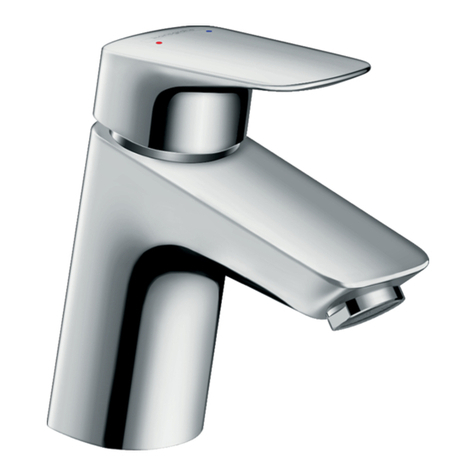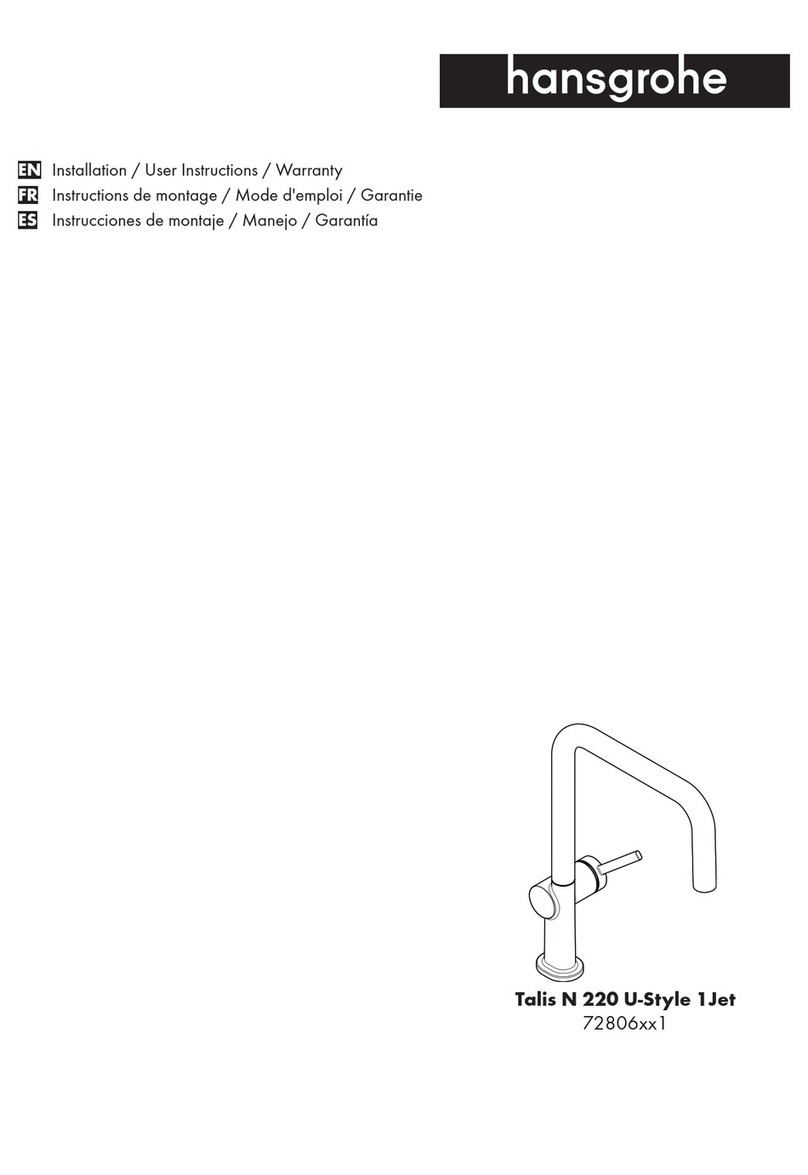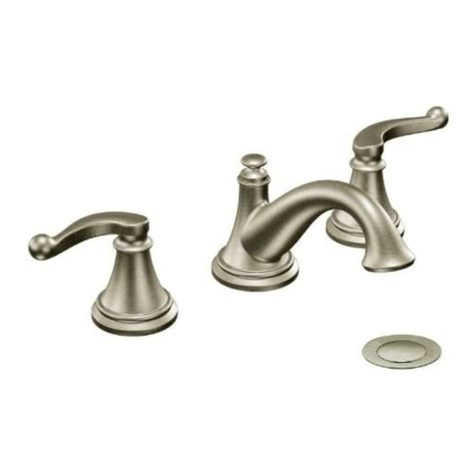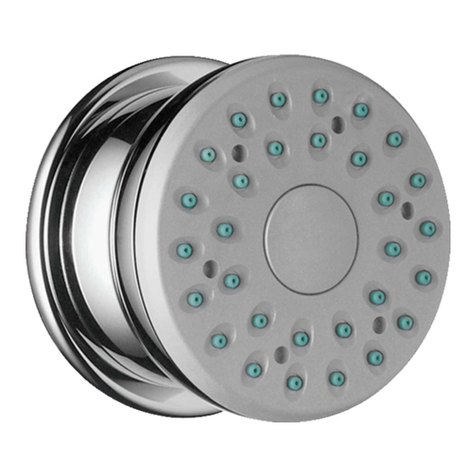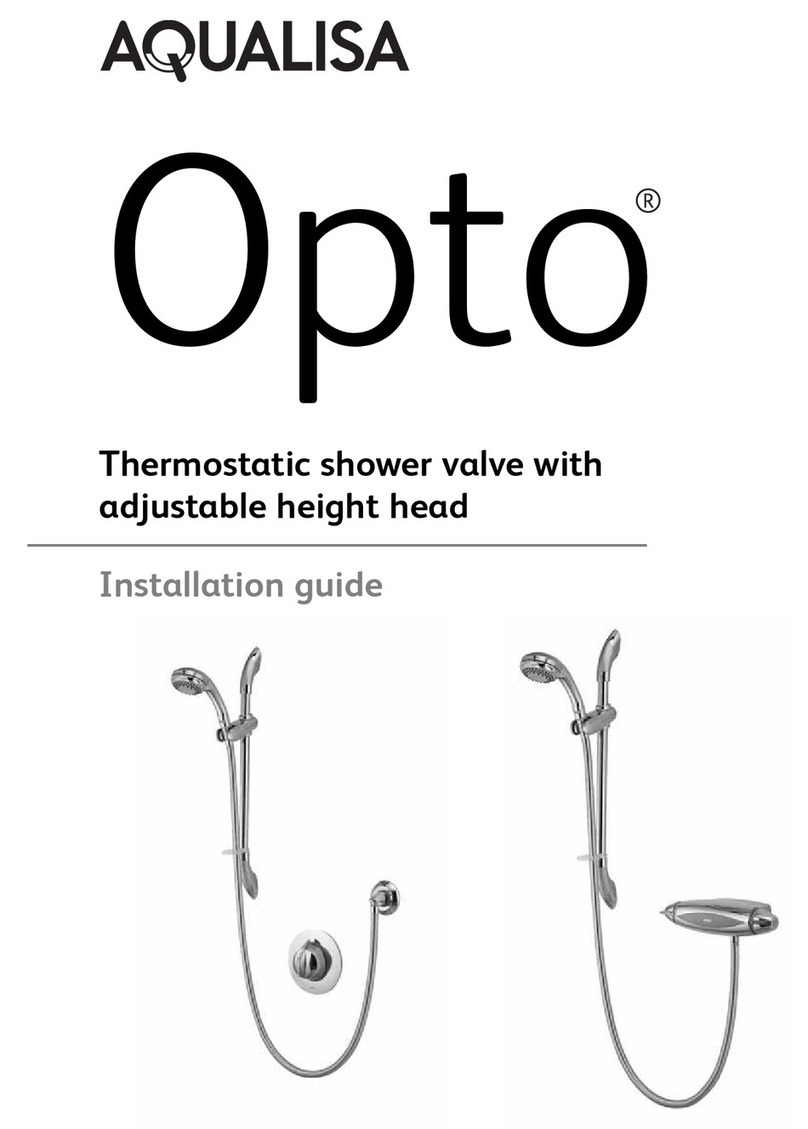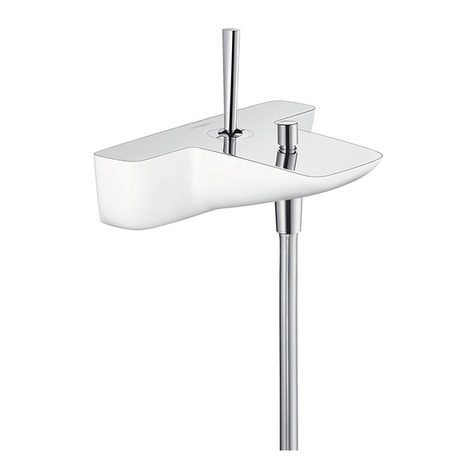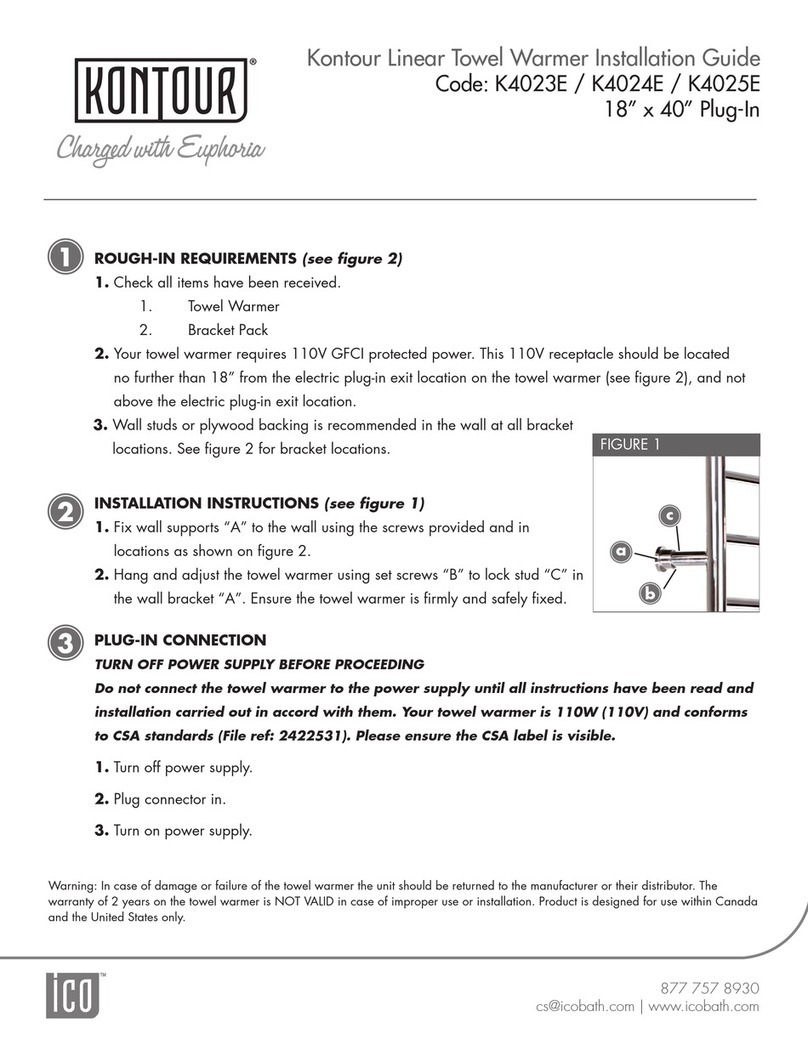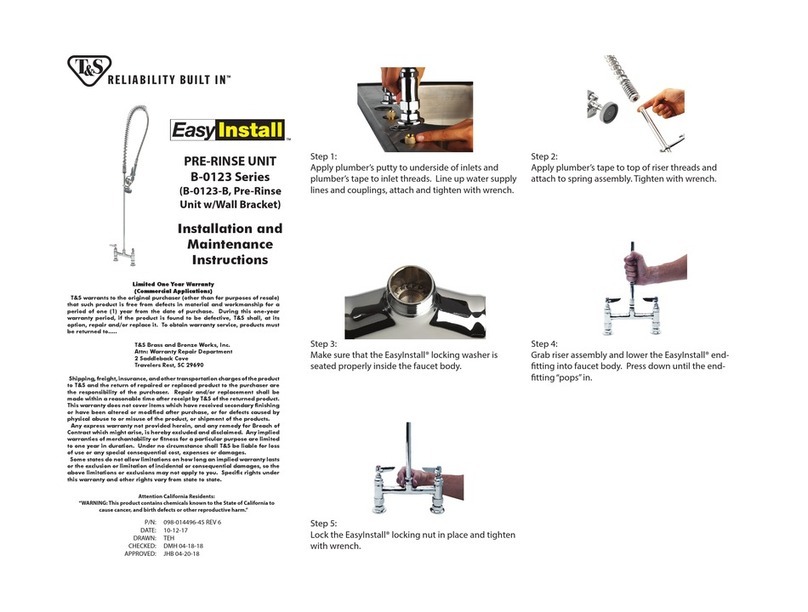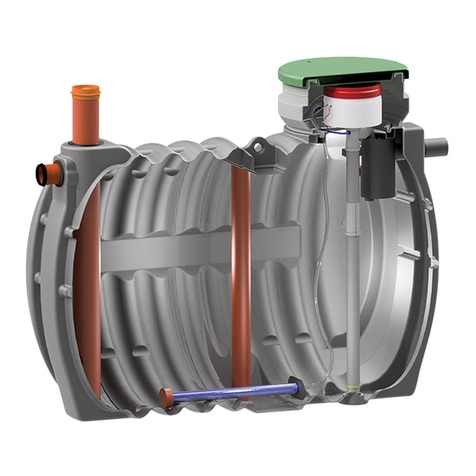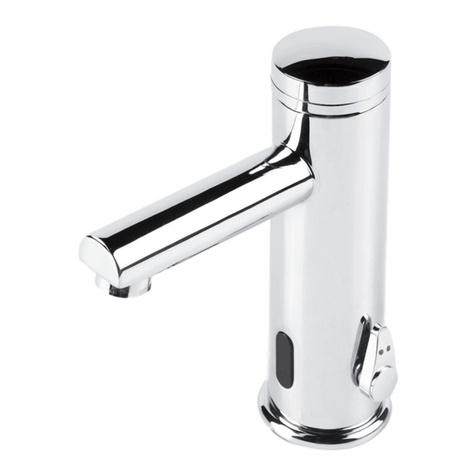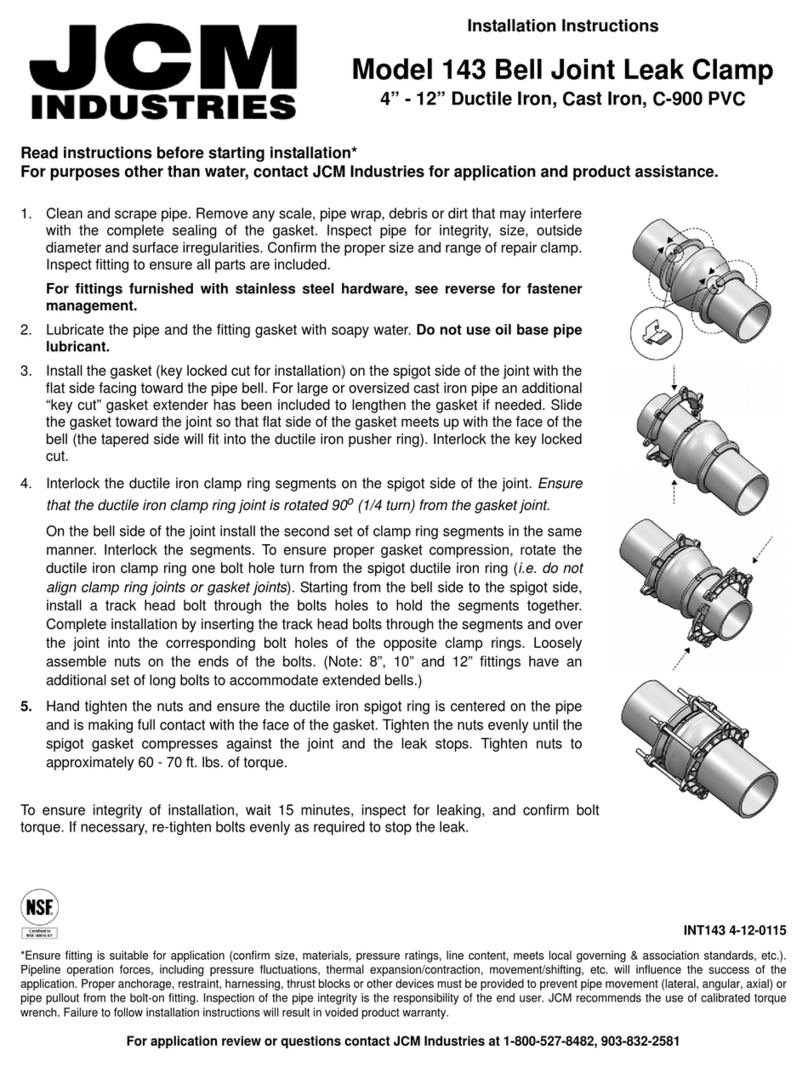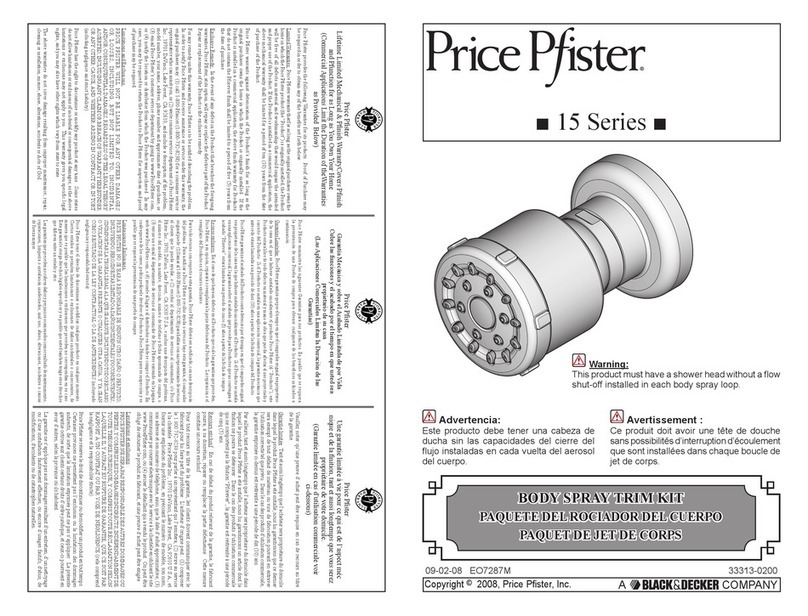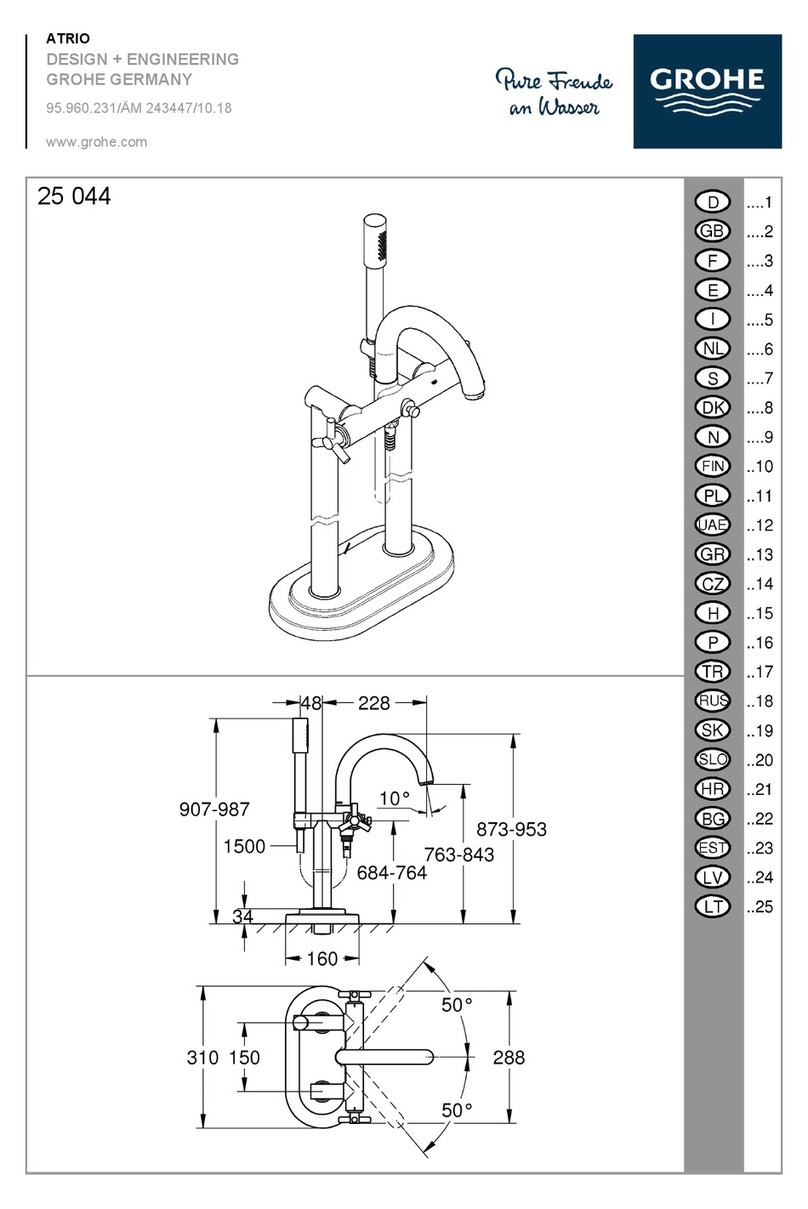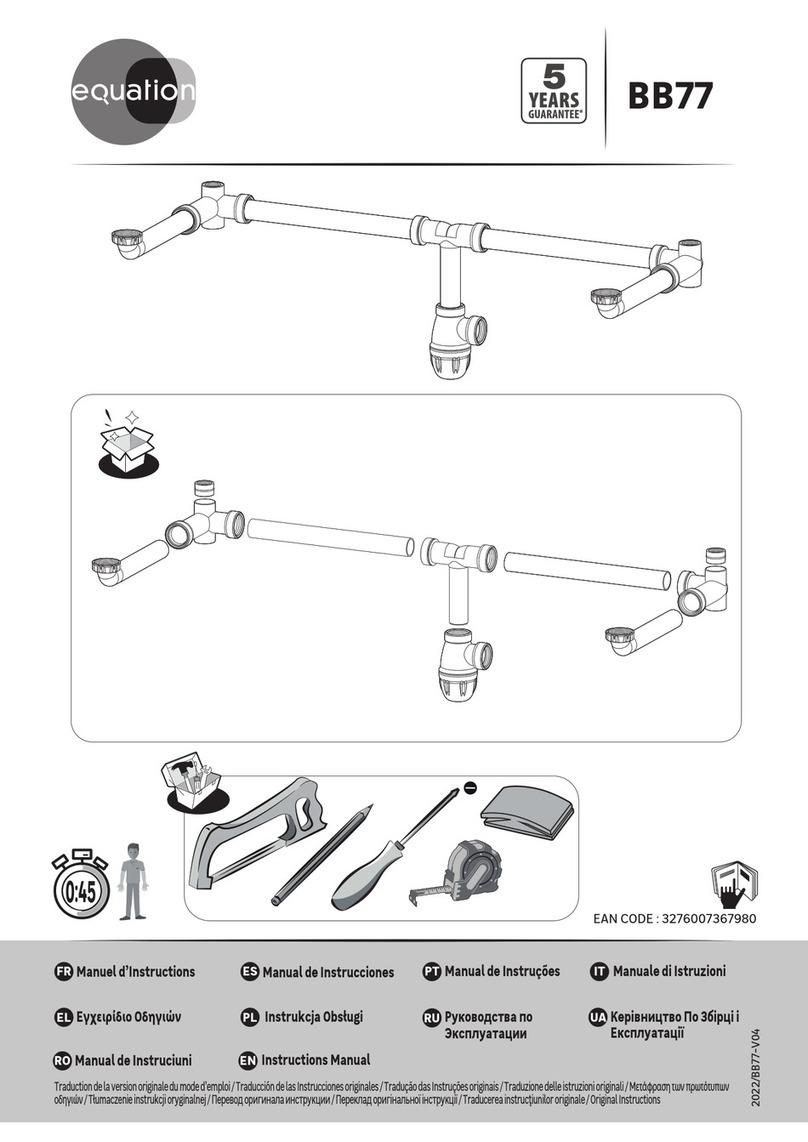
Premier Tech Aqua • Rewatec®12/20 NEO Flat tank 800L
DORW5008- 16.02.2015
2.1. Backfilling material around the tank
Bedding/encasement: Section 3
The backfilling material must be compactable and permeable to water, it must create a solid
compaction and be free of sharp objects which may damage the surface of the tank. If the
backfilling material includes pieces with sharp or pointed edges, the tank surface must be
protected with a sand coating.
-Sand and gravel mixtures (SW and GW in accordance with DIN 18196 and ENV 1046) are the
least expensive backfilling materials, because they have a grading curve that includes many
different particle sizes, even with a small amount of fine particles (fine particles: less than Ø
0.06mm). From a mesh size of the smallest particles (simplified Ø) to a mesh size of the largest
particles: for example 0/32, 2/16, 2/8, 2/32, or 4/16.
.- Concrete gravel, or recycled concrete rubble, with a particle size of 0/32 mm is particularly
well suited for use in clay conditions with ground water and high water tables. When ground water
and high water tables are present, it is particularly important to ensure good compaction,
especially in the awkward places, e.g. hole in the middle of the tank).
- Stone chippings are crushed rock particles between 2 –32 mm in size and are primarily suited
as a backfilling material; due to their sharp edges, the tank must be protected against damage,
for example with a sand coating.
- Excavated soil, (Section 3, figure 1); sand and gravel mixtures with mixed particle sizes
are suitable for use as a backfilling material IF they meet the criteria listed under section 2.1.
- Top soil, clay, loam and other types of cohesive soil are not suitable backfilling materials.
2.2 Backfilling beyond the tank surface (filling material on the tank)
Excavated soil (Section 3, Figure 1) or other material can be used as long as it is sufficiently
stable and water permeable.
Base course for the version that is suitable for traffic
Size 2/45 particles must be used.
Base course for the version suitable for traffic
Size 2/45 particles must be used.
2.3 Backfilling and compaction methods
2.3.1 The filling and compaction methods to be used are described in Section 3 (Installation
Guide).
2.3.2 Methods to be avoided include adding water. Adequate compaction is not achieved and
the mixture of particle sizes comes together in such a way that the packing is unstable.
Water may only be added if the material is in a cavity that is nearly completely closed and the
material being used is a fine sand with a small particle size, for example fine sand with a particle
size of 0.1 mm. (Section 3, Figure 13.1)
This is only permitted for the hole in the middle of the container/tank, in addition to mechanical
compaction.
In order to compact the hole in the middle of the container, the material must be filled through the
hole and tightly compacted using a suitable device, such as with a roof batten.



















